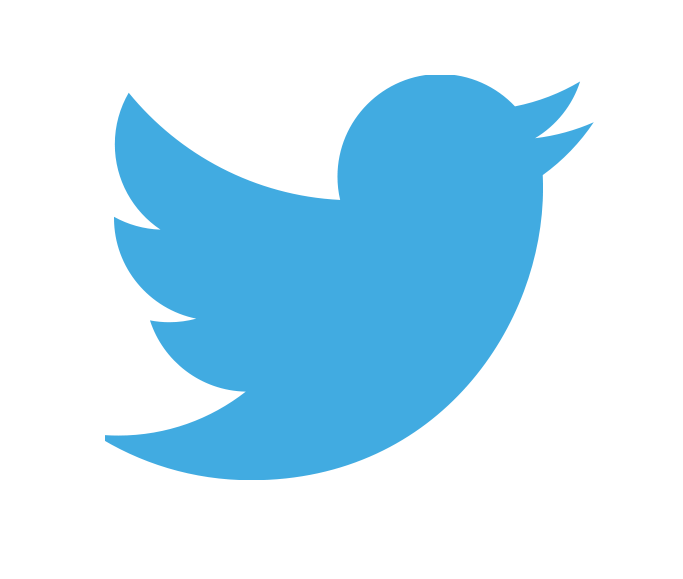
If Bill Clinton had his way, he might still be speaking. Wonder how many people are now saying zee-ro. On to the links:
Twitter’s probably feeling fortunate it’s not a publicly traded company. It’s larger rival Facebook is stuck in endless drama over its stock price and doubts about its long-term prospects, at least in meeting unrealistic expectations of Wall Street. One of the big knocks on Facebook is it hasn’t figured out mobile advertising. In fact, eMarketer thinks Twitter’s mobile ads — in particular promoted tweets — will draw more revenue than Facebook’s. It’s best to take these forecasts with a grain of salt, of course. With Twitter as a private company, eMarketer’s estimates are more like semi-educated guesses. (eMarketer)
One thing that won’t hurt Facebook’s chances of figuring out mobile is the addition of Instagram, which is all about mobile. The transaction has now closed, which means Facebook can start to figure out how to integrate Instagram without killing its somewhat unique community that has now shared over 5 billion photos. Easier said than done, of course. Just ask Yahoo and Flickr. (TechCrunch)
Advertising is a unique profession where the foremost practitioners of it regularly denounce it. Alex Bogusky was the industry’s leading light for years and now spends an inordinate amount of time bashing ads for pushing unhealthy foods. This is a person who hawked Burger King for years, mind you. Forbes tabs Droga5 as the new hot creative shop. It plays up founder David Droga’s contention that 95 percent of advertising is “pollution.” The usual retort is this is pretty much true in any creative endeavor — film, journalism, art. The question is whether the age of consumer empowerment will change that. Will advertising ever truly shift to an invitational model? (Forbes)
Will social media ever get its Adwords? It’s the big question that keeps many a Wall Street analyst up at night. It pays to ask Gokul Rajarman, the man who used to run Adwords at Google and who is now crafting ad products for Facebook. The challenge for Rajarman is he’s working with a far different signal than the intent signal central to search. Instead he’s working with vast personal networks. It’s telling that he talks up friends-of-friends targeting as potentially powerful. This is the homophily theory that interests are typically shared among friend networks, a “birds of a feather flock together” theory that dates back to to 1954. (Adexchanger)
More in Media

Podcast companies turn to live events to capture growing advertiser spend
The surge in the number of live podcast events in 2025 reflects a broader shift: advertisers are betting bigger on podcasts — not just as an audio channel but as a full-fledged creator economy play.

Media Briefing: ‘Cloudflare is locking the door’: Publishers celebrate victory against AI bot crawlers
After years of miserably watching their content get ransacked for free by millions of unidentified AI bot crawlers, publishers were finally thrown a viable lifeline.

How Vogue could navigate potential industry headwinds as Anna Wintour — who agency execs say made ad dollars flow — brings on new edit lead
Anna Wintour’s successor at Vogue will have to overcome the myriad of challenges facing fashion media and the digital publishing ecosystem.





